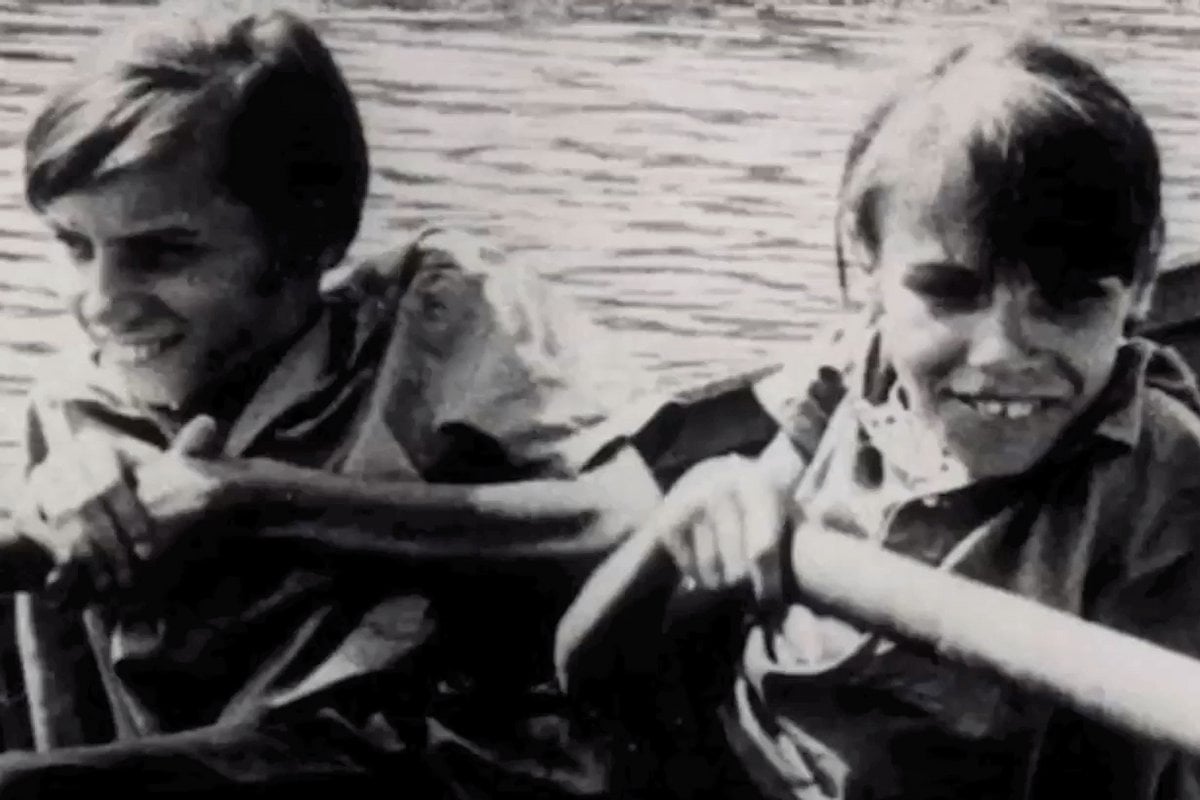
Buried in concealed documents, hidden behind closed doors and kept away from the sunlight is the very real, very hideous story of two sisters - conjoined twins.
From the second they were born Masha and Dasha Krivoshlyapova were fed a life of lies, deceit and unimaginable torture - all because of their genetic uniqueness, and because they were born into Stalin’s Russia.
Watch a snippet of the 60 Minutes episode on twins separated at birth. Post continues after video.
Now, thanks to Juliet Butler - an author who followed the twins throughout their later life - we have gained unprecedented access to the goings-on of Soviet Russia and the medical torture that was not only legal, but actively endorsed by its leader.
But as most life stories begin, Dasha and Masha’s tale starts at a hospital.
“Their mother didn’t know she was giving birth to twins,” explains Butler. “Her labour went on for two days and two nights.”
“She was told she gave birth to a mutant and that it was being taken away from her. But the night nurse brought the twins in to see her and she fell in love with them and refused to sign away her parental rights. So, the doctors told her the twins died of pneumonia and took the girls to the pediatric institute.”




























































































